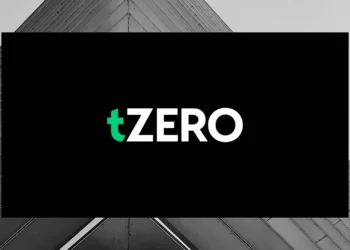In a new blog post published today, October 17, co-founder Vitalik Buterin follows up on his last post on Ethereum’s development by outlining his vision for the next phase, colloquially known as the “Surge. ”
Buterin stated that the primary goal of this phase is to scale Ethereum to handle over 100,000 transactions per second (TPS) on both the mainnet and layer-2 (L2) solutions. He emphasized the importance of improving interoperability between L2 networks to create a unified Ethereum ecosystem, ensuring that it feels like “one ecosystem, not 34 different blockchains.”
Buterin also highlighted the importance of scaling Ethereum’s base layer (Layer 1 or L1) to meet growing demand. He cautioned that even if L2 solutions successfully scale, limited capacity on L1 could still pose risks.
One potential solution is increasing the gas limit, which could lead to centralization due to the higher costs for stakers. Instead, Buterin proposed lowering gas costs for specific computations through “multidimensional” gas pricing and introducing new bytecode formats to make features cheaper without sacrificing decentralization.
Other key technical advancements outlined by Buterin include innovations in data availability sampling, data compression, and ensuring L2 networks become fully “trustless.” He noted that while Ethereum rollups, designed to improve scalability, have faced challenges due to concerns over bugs, trustless rollups are essential for allowing L2 solutions to inherit Ethereum’s security and core properties.
Another significant focus of Buterin’s post is improving the user experience across L2 networks, a concern frequently raised by users. He noted that if Ethereum is to fully integrate L2s as part of its ecosystem, users should feel as though they are interacting with a single, unified network. Buterin explained that simplifying communication between L2 networks on the back end would ease the technical burden on users and create a smoother, more cohesive experience.
This latest post from Buterin builds upon another one published on October 14, where he discussed strategies to reduce centralization risks and improve Ethereum’s performance. One of the major focuses of that post was achieving single-slot finality, reducing the block finalization time from 15 minutes to as little as 4 seconds. According to Buterin, achieving this would enhance both L1 and L2 rollup performance, improve DeFi efficiency, and further enhance the user experience.
If you want to read more news articles like this, visit DeFi Planet and follow us on Twitter, LinkedIn, Facebook, Instagram, and CoinMarketCap Community.
“Take control of your crypto portfolio with MARKETS PRO, DeFi Planet’s suite of analytics tools.”





















